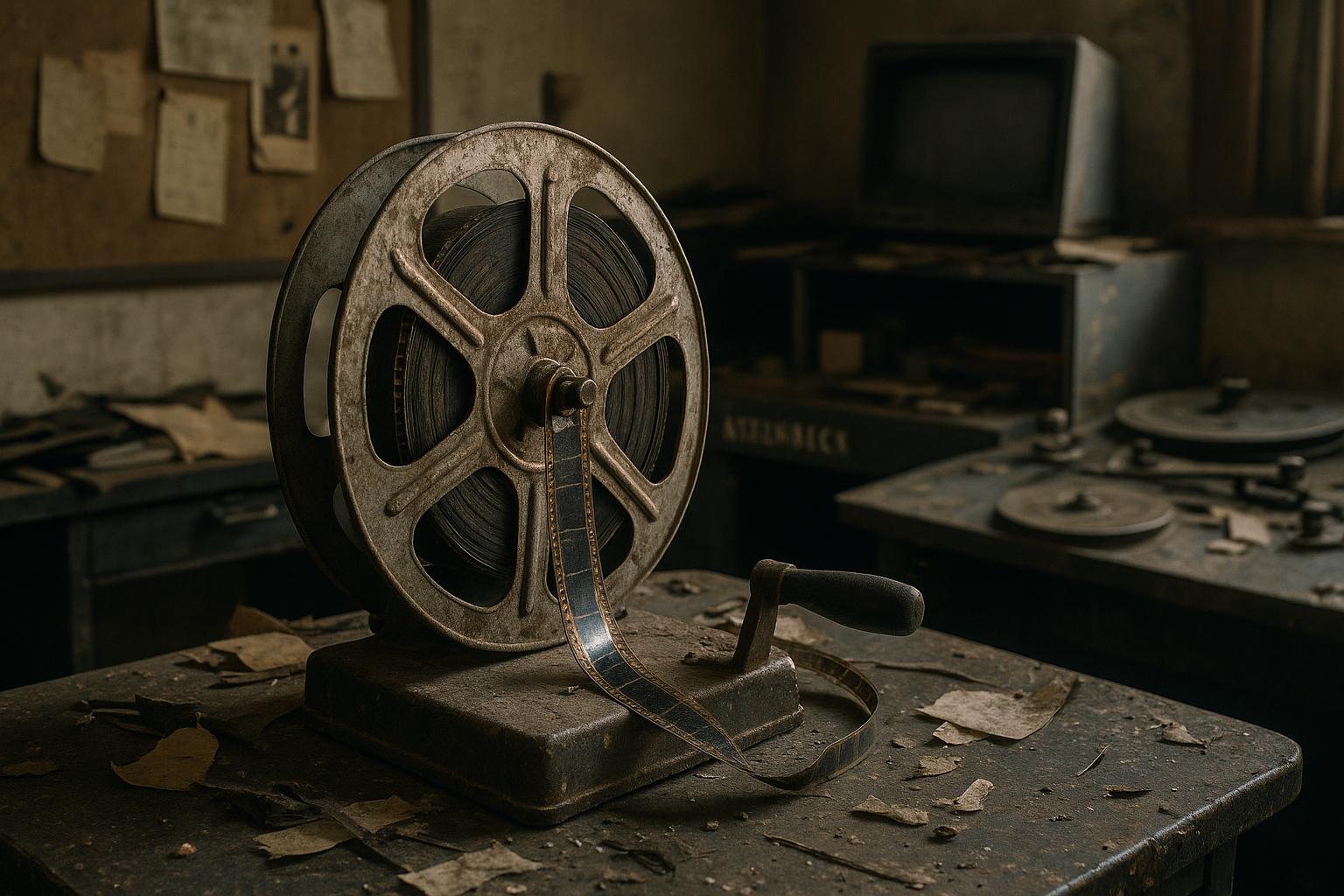Rob Reiner’s iconic 1984 mockumentary This Is Spinal Tap set a high bar for rock satire, pioneering a genre that has profoundly shaped both cinema and television. The film masterfully employed cinéma vérité techniques—such as handheld camerawork, incidental background sound, and absence of a narrator—to blur the line between reality and fiction. By mimicking the earnestness of revered rock documentaries and spotlighting the mundane absurdities of a mediocre band, it crafted an enduring satire of celebrity culture. This approach influenced not only subsequent mockumentaries but also TV shows like The Office and The Colbert Report, and even the melodramatic style of VH1’s Behind the Music series. Its success helped reshape audience expectations, showing satire could remain authentic and nuanced, thus launching a wave of films and shows that blend documentary style with comedic fiction.
Nearly four decades later, Spinal Tap II: The End Continues arrives as a much-anticipated sequel, attempting to recapture the magic with the original cast and director reunited. The film centers on the band’s reunion after 15 years apart, triggered by a quirky contractual technicality, and tracks their preparation for one final concert in New Orleans. The members have aged visibly, now embodying tired, washed-up rockers: Nigel runs a guitar and cheese shop, David composes hold music jingles, and Derek manages a glue museum. Rob Reiner returns as the guileless interviewer Marty DiBergi, with an amplified presence to help ground the narrative.
The sequel features notable cameos from Sir Paul McCartney and Sir Elton John, who add charm and nostalgic appeal in brief appearances. McCartney’s cameo stands out as a highlight, injecting some playful tension during an onstage Stonehenge set, while Elton’s presence provides a wink to fans of the original. Despite this, the film struggles to match the original’s wit and subtlety. Critics note the humour often feels forced and the jokes lean heavily on the band members' aging and mortality, leading to a curiously bleak tone. Some gags, such as the promoter’s dark suggestion that band members should die during the reunion for publicity, teeter uncomfortably between cleverness and crassness.
Nevertheless, the chemistry among Christopher Guest, Michael McKean, and Harry Shearer endures, delivering moments of comic gold amidst the uneven writing. The film wisely dialled down celebrity cameos compared to typical star-studded sequels, keeping focus on the characters' dynamics and the mockumentary format’s core strength—observational humour borne of familiarity and affection. The comedic situations balance nostalgia with a contemporary spin, including modern antics like cryptocurrency investments and quirky music hall ‘Holdie’ awards. However, for some, these updates feel strained rather than fresh, making the film hard-pressed to justify its own existence beyond fandom.
Spinal Tap II inevitably invites comparison to its progenitor, a film that not only lampooned rock stardom but also questioned the very construction of celebrity with a wit that sparked a cultural phenomenon. The 1984 original received modest box office success initially but grew into a cult classic, eventually being recognised by the Library of Congress for its cultural and aesthetic significance. It was celebrated for elevating parody into a form that demanded audiences reconsider the nature of fame and artistic pretension.
In contrast, the new film’s reception has been more muted. Some reviews praise its affectionate nods and moments of brilliance, positioning it as a respectful, if imperfect, homage that fans will appreciate. Others see it as a patchy and overly self-conscious venture that leans too heavily on nostalgia without delivering the same sharp satire. The attempt to update the tone by confronting age and legacy themes is brave but risks diluting the nimble humour that made the original so timeless.
What remains clear is the lasting legacy of This Is Spinal Tap itself, which changed how comedy and mockumentary formats could be wielded to tell stories that feel both real and absurd. While The End Continues may fall short of its landmark predecessor, the original’s influence continues to echo through films and television, reminding us how mockumentaries meld truth and invention in ways that sharply reflect our cultural fascinations.
📌 Reference Map:
- Paragraph 1 – [1], [4], [5], [6], [7]
- Paragraph 2 – [1], [2], [3]
- Paragraph 3 – [1], [2], [3]
- Paragraph 4 – [1], [2], [3], [6]
- Paragraph 5 – [1], [2], [3]
- Paragraph 6 – [4], [5], [6], [7]
Source: Noah Wire Services
